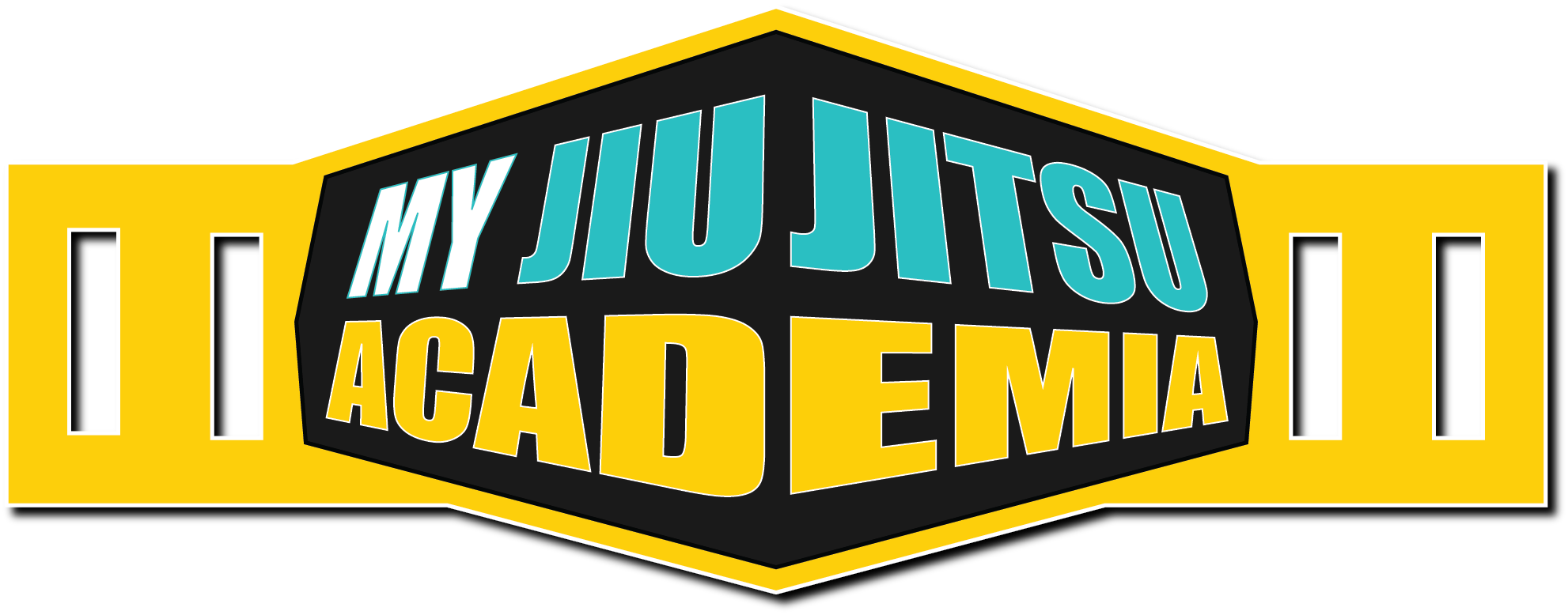Mastering The Art Of How To Do An Armbar: Snap, Crack, Pop
Dive into our comprehensive guide on how to do an armbar. We’ll break down the steps, common mistakes, and variations to help you master this effective submission move.
Introduction to the Armbar
The armbar, also known as ‘juji-gatame’, is a classic submission technique used in various martial arts, including Brazilian Jiu-Jitsu, Judo, and Mixed Martial Arts (MMA). It’s a move that focuses on hyperextending the opponent’s elbow joint by using your own body as a lever. This technique, while simple in theory, requires precision, timing, and a deep understanding of body mechanics to execute effectively.
The History of the Armbar
The armbar has a rich history, tracing its roots back to the ancient martial arts of Japan. It was a technique used by the Samurai on the battlefield and later incorporated into the practice of Judo in the late 19th century. From there, it made its way into Brazilian Jiu-Jitsu and eventually into the world of MMA, where it has become a staple submission move.
Importance of the Armbar in Martial Arts
The armbar is a fundamental move in martial arts for several reasons. Firstly, it’s a versatile technique that can be applied from various positions, including the mount, guard, and side control. Secondly, it’s a powerful submission move that can end a match instantly if executed correctly. Lastly, mastering the armbar can significantly improve your understanding of leverage and body mechanics, enhancing your overall martial arts skills.
Anatomy of an Armbar
knowing how to do an armbar involves several key components. The attacker uses their legs to control the opponent’s upper body and one arm, positioning their hips close to the opponent’s elbow joint. The attacker’s arms secure the opponent’s arm, with the wrist in the crook of the elbow. By arching their hips upward while keeping the opponent’s arm straight, the attacker applies pressure on the elbow joint, causing intense pain and forcing the opponent to submit, or allow their arm to get broken.
How to Do an Armbar
Here’s a basic guide on how to do an armbar from the closed guard position:
- Control Your Opponent: Start by controlling your opponent’s posture from the closed guard position. Grip one of your opponent’s arms and secure it to your chest.
- Position Your Legs: Pivot on your back and swing one leg around your opponent’s head. Your other leg should clamp down across your opponent’s back, preventing them from escaping.
- Secure the Arm: Ensure the arm you’re attacking is gripped securely with the wrist in the crook of your elbow. Your opponent’s thumb should be pointing upward.
- Execute the Armbar: Arch your hips upward while keeping your opponent’s arm straight. This applies pressure on the elbow joint, leading to a successful armbar.
Remember, practice makes perfect. It’s important to drill this move regularly and under the supervision of a qualified instructor to ensure that you know exactly how to do an armbar with proper technique and safety.
Common Mistakes When Doing an Armbar
While the armbar is a powerful technique, it’s easy to make mistakes when learning. Some common errors include not controlling the opponent’s posture, failing to secure the arm properly, and not applying pressure with the hips. Avoiding these mistakes will increase your chances of successfully executing an armbar.
Armbar Variations

There are several variations of the armbar, each with its own unique setup and application. Some popular variations include the flying armbar, the spinning armbar, and the S-mount armbar. Exploring these variations can add depth to your martial arts repertoire and keep your opponents guessing.
Armbar in Brazilian Jiu-Jitsu
On of the armbar is the 5 step arm bar. Here is how to do an armbar in just 5 steps.
5 Step Armbar
1. Secure your opponent’s arm, and bring it across your body, across the center line. Control is key, so always maintain control of your opponent’s arm.
2. Control your opponent’s posture. Break your opponent’s posture by using your free hand to pull them down from the shoulder toward you.
3. Block opponent’s arm with your knee. Place your foot on your opponent’s hip, pressing your inner thigh and knee against their arm. Pinning their arm in-between your leg and their body.
4. Kick your free leg up an into their armpit. This is done to knock your opponent off balance.
5. Swing the leg posted on the hip around their head placing the back of their head in the crook of your knee. Pull at the wrist while elevating your hips into thier elbow joint.
Make sure to use your hips. Your hips are the driving force behind an effective armbar. Make sure to arch them upward to apply pressure on the elbow joint.
Armbar Defense Techniques
Defending against an armbar involves recognizing the setup early and taking action to prevent your opponent from securing the position. Techniques include stacking your opponent, pulling out your arm, and spinning out of the armbar. Remember, the best defense is a good offense. If you’re constantly attacking, your opponent will have less opportunity to apply an armbar.
Training Drills for the Armbar
Drilling is a crucial part of mastering the armbar. Some effective drills include the armbar from guard drill, the spinning armbar drill, and the armbar transition drill. Regular practice of these drills can help you execute the armbar smoothly and instinctively.
Safety Considerations When Doing an Armbar
Safety should always be a priority when practicing the armbar. Ensure you and your training partner are using proper technique and applying pressure gradually to avoid injury. Always tap out when you feel pain during an armbar – there’s no shame in acknowledging a well-executed move.
What is an armbar?
An armbar is a submission technique used in various martial arts that focuses on hyperextending the opponent’s elbow joint.
How do you do an armbar?
Executing an armbar involves controlling your opponent’s posture, positioning your legs, securing the opponent’s arm, and arching your hips upward to apply pressure on the elbow joint.
Why is the armbar so popular in martial arts?
The armbar is popular due to its versatility, effectiveness as a submission move, and its ability to improve a practitioner’s understanding of leverage and body mechanics.
Are there different variations of the armbar?
Yes, there are several variations of the armbar, including the flying armbar, the spinning armbar, and the S-mount armbar.
Is the armbar dangerous?
While the armbar is a powerful technique, it can be practiced safely with proper technique and supervision. Always tap out when you feel pain during an armbar to avoid injury.
How can I improve my armbar technique?
Improving your armbar technique involves regular practice, focusing on controlling your opponent’s posture and arm, using your hips effectively, and exploring different armbar variations.
Conclusion
Mastering the art of the armbar is a journey that requires understanding, practice, and patience. This versatile and effective technique is a testament to the beauty of martial arts – where strength, strategy, and skill come together. Whether you’re a beginner or an experienced practitioner, the armbar has something to offer everyone. So get on the mats and start practicing – your armbar is waiting to be perfected.





